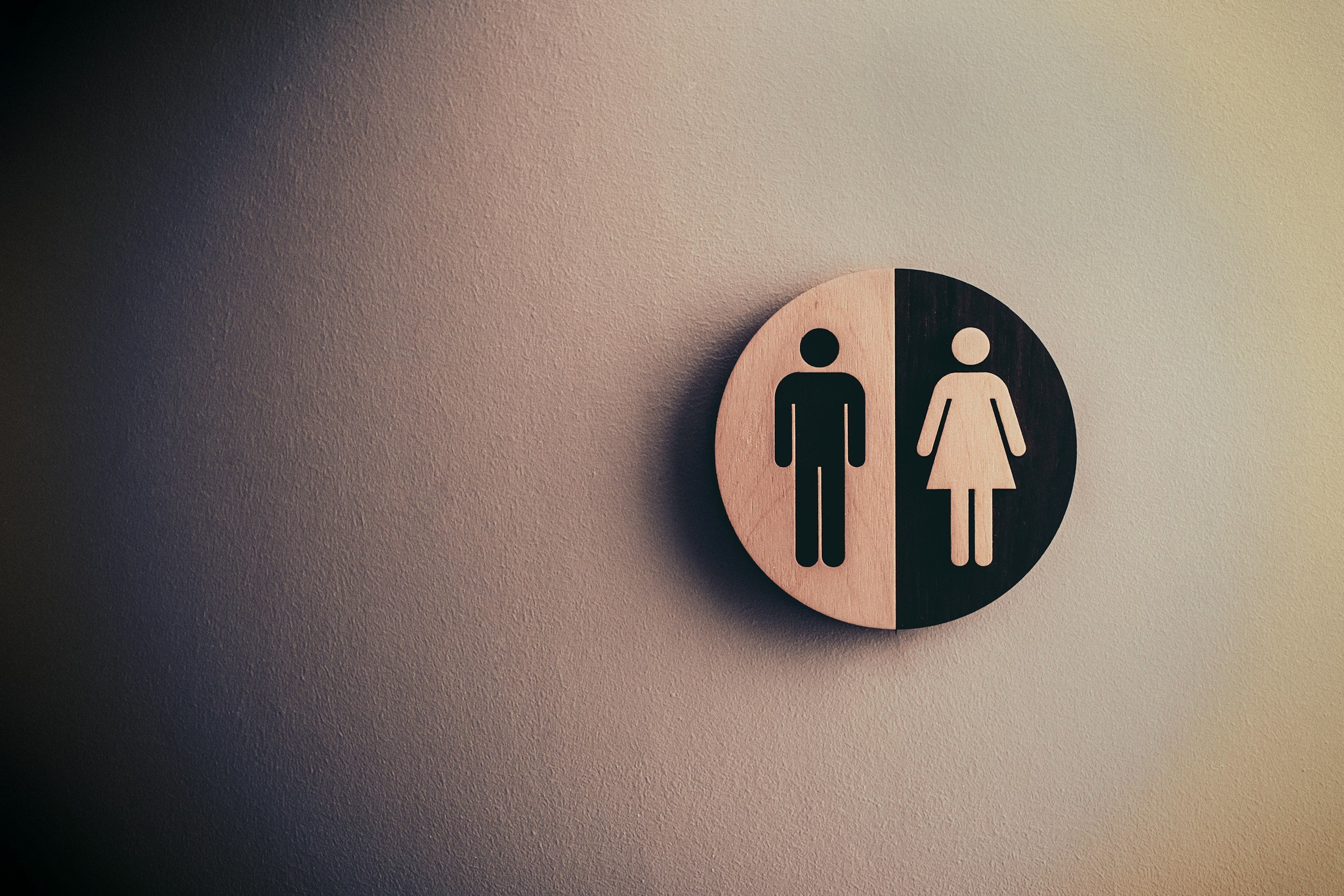
Gender and Villainy
The depiction of villains in literature, film, and other media often carries significant implications for societal norms and gender roles. Villains are not just antagonists in a story; they are complex characters that frequently embody or challenge societal expectations. Let’s look at whether or not the gender roles assigned to villain characters reinforce or challenge societal norms.
— Genese Nicole
Traditional Gender Roles and Villainy
Historically, villains have often been used as tools to reinforce traditional gender roles.
Male villains typically embody hyper-masculine traits such as aggression, dominance, and physical strength. These characters often use their power to control others, reflecting societal expectations of male behavior.
On the other hand, female villains have frequently been depicted as manipulative, seductive, and deceitful. These traits reflect traditional views of femininity as being inherently linked to emotional manipulation and sexual allure.
Male villains like Darth Vader from "Star Wars" and the Joker from "Batman" exemplify these hyper-masculine traits. Darth Vader’s imposing presence and deep voice, coupled with his mastery of the dark side, reflect a form of masculinity that is both feared and respected.
The Joker, with his chaotic and unpredictable nature, represents a departure from rationality and order, often associated with male authority. Both characters use their power to dominate and control, reinforcing the idea that masculinity is linked to power and aggression.
Female villains, such as Maleficent from "Sleeping Beauty" and Ursula from "The Little Mermaid," often use manipulation and seduction as their means of control. Maleficent’s curse on Aurora stems from a sense of betrayal and revenge, showcasing the emotional volatility often ascribed to women.
Ursula exploits others’ desires to achieve her own ends with her seductive voice and manipulative bargains. These characters reinforce the stereotype that women’s power lies in their ability to manipulate and seduce.
Challenging Gender Stereotypes
While traditional portrayals of villains often reinforce gender stereotypes, many modern narratives challenge these conventions. By doing so, they offer alternative portrayals of masculinity and femininity, breaking away from the restrictive molds of the past.
In the media, we see male villains who exhibit traits traditionally associated with femininity, such as emotional depth, vulnerability, and complexity.
For instance, Kylo Ren from the recent "Star Wars" trilogy is a character whose villainy is deeply intertwined with his emotional struggles and inner conflict. His vulnerability and desire for acceptance challenge the notion that male villains must be stoic and unfeeling.
Similarly, characters like Loki from the Marvel Cinematic Universe exhibit a combination of charm, wit, and emotional complexity, offering a more nuanced portrayal of masculinity.
Female villains have also evolved, with many characters breaking away from the archetype of the manipulative seductress. Characters like Cersei Lannister from "Game of Thrones" and Harley Quinn from the DC Universe showcase a diverse range of traits.
Cersei’s ambition, ruthlessness, and strategic mind highlight a form of femininity that is powerful and unapologetic.
Harley Quinn, with her chaotic energy and combat skills, defies the traditional passive female role and embraces a more active and assertive form of villainy.
In My Feminist Mind…
A feminist perspective of Disney villains can reveal how villains reflect societal attitudes towards gender and power.
Maleficent, initially depicted as the stereotypical evil fairy in "Sleeping Beauty," was reimagined in the 2014 film "Maleficent." This reimagining offers a more complex portrayal of the character, exploring her backstory and motivations. The film presents Maleficent as a powerful and independent woman who has been wronged, challenging the simplistic notion of female villains as inherently evil. This version of Maleficent highlights themes of betrayal, revenge, and redemption, offering a more nuanced view of femininity and power.
Ursula from "The Little Mermaid" can be seen as a subversive character who challenges traditional notions of femininity. As a sea witch, Ursula wields significant power and autonomy, contrasting with the passive and submissive Ariel. Ursula’s manipulation of Ariel’s desire to become human can be interpreted as a critique of societal pressures on women to conform to certain beauty standards. While Ursula is ultimately portrayed as the villain, her character raises important questions about the nature of power and the societal expectations placed on women.
The Evil Queen from "Snow White and the Seven Dwarfs" is another character ripe for feminist analysis. Her obsession with beauty and youth reflects societal pressures on women to maintain their appearance. The Evil Queen’s villainy stems from her insecurity and jealousy, highlighting the destructive impact of these societal expectations. A feminist reading of her character can reveal the ways in which women are pitted against each other in a patriarchal society, driven to extreme measures to achieve an unattainable ideal.
Wait, hear me out…
Alternative Portrayals of Masculinity and Femininity
As narratives continue to evolve, we see more diverse and complex portrayals of villainy that challenge traditional gender roles. These alternative portrayals offer a broader understanding of what it means to be masculine or feminine, moving beyond the old restrictive stereotypes.
In recent years, we have seen male villains who exhibit traits traditionally associated with femininity, such as empathy, emotional vulnerability, and a nurturing nature.
Thanos from the Marvel Cinematic Universe and Erik Killmonger from "Black Panther" showcase a range of emotions and motivations that go beyond mere aggression and dominance.
Thanos’s desire to bring balance to the universe, albeit through extreme measures, reflects a form of villainy rooted in a misguided sense of care and protection.
Killmonger’s quest for justice and reparation for his people highlights the emotional and personal motivations behind his actions.
Female villains, too, are being portrayed with greater complexity and depth.
Characters like Regina Mills from "Once Upon a Time" and Catwoman from the Batman franchise embody a blend of traditionally masculine and feminine traits.
Regina’s journey from the Evil Queen to a more nuanced character highlights themes of redemption, power, and resilience.
Catwoman’s agility, combat skills, and moral ambiguity challenge the traditional passive and submissive female role, presenting a more active and empowered form of femininity.




